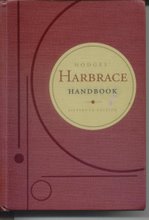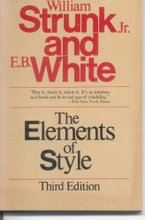From Hamilton College's Seven Deadly Sins of Bad Writing:
The Fourth Deadly Sin: Misuse of the Apostrophe
Use the apostrophe to indicate possession and to mark omitted letters incontractions. Writers often misuse apostrophes when forming plurals and possessives.
The basic rule is quite simple: use the apostrophe to indicate possession, not a plural.
Yes, the exceptions to the rule may seem confusing: hers has no apostrophe, and it's is not possessive. Nevertheless, with a small amount of attention, you can learn the rules and the exceptions of apostrophe use.
Possessives
Form the possessive case of a singular noun by adding 's (even if the word ends in s).
Hammurabi's code, Dickens's last novel, James's cello
Form the possessive case of a plural noun by adding an apostrophe after the final letter if it is an s or by adding 's if the final letter is not an s.
the students' disks, the children's toys
Remember: the apostrophe never designates the plural form of a noun. A common error is the use of the apostrophe to form a non-possessive plural.
Compare the following correct sentences:
The student's disk was missing.
Several students' disks were missing.
The students searched for their missing disks.
Possessive pronouns, such as yours, hers, its, and ours, take no apostrophe.
The decision is yours.
Indefinite pronouns, such as anyone, everybody, no one, somebody, use the singular possessive form.
Somebody's dog stayed in our suite last night.
Contractions
The apostrophe is used to mark omitted letters in contractions. (Note that contractions are often considered too informal for academic writing.)
Avoid the dreadful it's/its confusion. It's is a contraction for it is. It's is never a possessive. Its is the possessive for it.
As Professor Strunk and E.B. White remind us in The Elements of Style, “It's a wise dog that scratches its own fleas” (1).
Thursday, June 14, 2007
Subscribe to:
Post Comments (Atom)







No comments:
Post a Comment